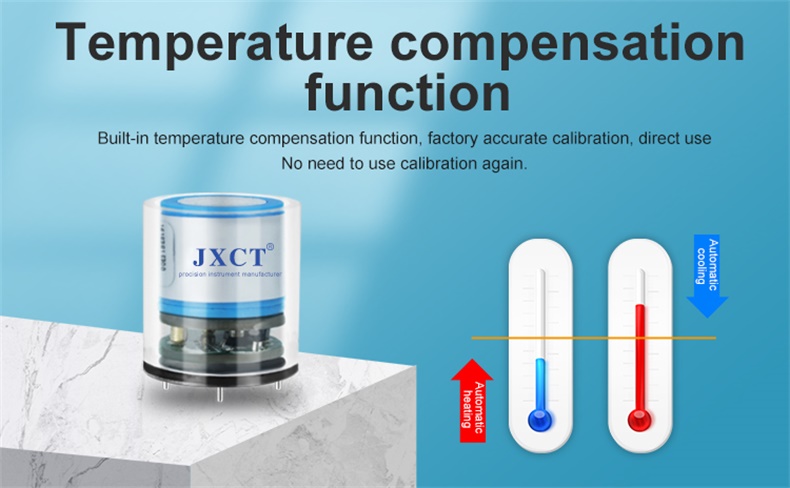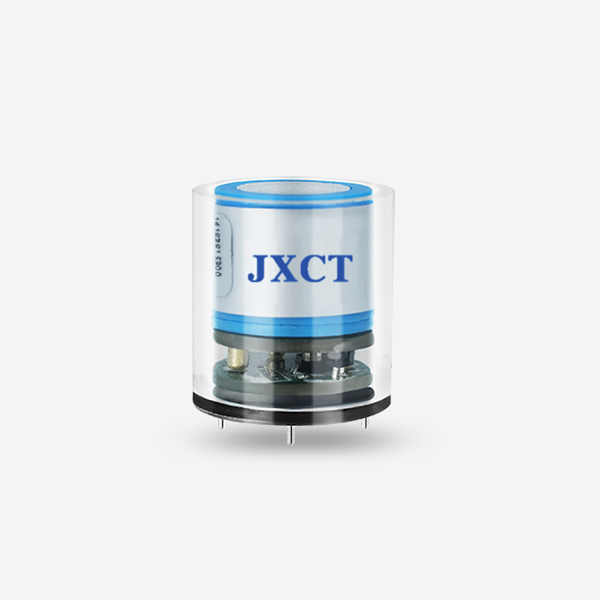Electrochemical gas sensors are developed on the basis of ion conduction. According to the formation of their electrical characteristics, electrochemical sensors can be divided into potential sensors, conductivity sensors, electrical sensors, polarographic sensors and electrolytic sensors.

Introduction
Electrochemical gas sensors are developed on the basis of ion conduction. According to the formation of their electrical characteristics, electrochemical sensors can be divided into potential sensors, conductivity sensors, electrical sensors, polarographic sensors and electrolytic sensors. Electrochemical gas sensors are mainly used to analyze the composition of gases, liquids or solids dissolved in liquids, and to measure the pH, conductivity and REDOX potential of liquids.
With the development of electronic technology and detection technology, various types of sensors are more and more used in various industries. Sensors based on electrochemical principle have been widely used in chemical, coal, environmental protection, health and other departments of harmful gas detection. Because of its simple structure and low cost, electrochemical sensors have been playing an important role in the detection of harmful gases.

Principles of electrochemical sensors
The so-called electrochemical sensor means that when the measured gas enters the sensor, an electrochemical reaction occurs inside it, thereby converting the measured gas side content into a current (or voltage) signal output. However, even if the sensor is in clean ambient air, the output signal of the sensor is often not zero. Normally, this kind of current signal is called a background current or initial current. This is a randomly changing signal, and its instability is firstly affected by temperature changes and secondly related to the action time. The value is sometimes tens of times larger than the detected signal. Therefore, eliminating the influence of the sensor background current is an important part of improving the measurement accuracy, and we must pay attention to it.
There are many ways to eliminate the influence of the background current of the electrochemical sensor. In some pocket-sized and portable harmful gas detectors, hardware compensation methods are usually used, that is, an appropriate compensation circuit is added to the detection circuit of the sensor.
The electrochemical gas sensor works by reacting with the measured gas and generating an electric signal proportional to the gas concentration. A typical electrochemical sensor consists of a sensing electrode and a counter electrode and is separated by a thin electrolytic layer.
The gas first reacts with the sensor through the tiny capillary-shaped opening, then the hydrophobic barrier layer, and finally reaches the electrode surface. Using this method can allow an appropriate amount of gas to react with the sensing electrode to form a sufficient electrical signal while preventing electrolytes from leaking out of the sensor.

The gas diffused through the barrier reacts with the sensing electrode, and the sensing electrode can adopt an oxidation mechanism or a reduction mechanism. These reactions are catalyzed by electrode materials designed for the gas being measured.
Through the resistor connected between the electrodes, a current proportional to the concentration of the gas to be measured will flow between the positive electrode and the negative electrode. The gas concentration can be determined by measuring this current. Because of the electric current generated in this process, electrochemical gas sensors are often called current gas sensors or micro fuel cells.
In practice, due to the continuous electrochemical reaction on the surface of the electrode, the potential of the sensing electrode cannot be kept constant. After a long period of time, it will cause the performance of the sensor to degrade. In order to improve the performance of the sensor, a reference electrode was introduced.
The reference electrode is installed in the electrolyte, adjacent to the sensing electrode. A fixed stable constant potential acts on the sensing electrode. The reference electrode can maintain this fixed voltage value on the sensing electrode. No current flows between the reference electrodes. The gas molecules react with the sensing electrode and the counter electrode is measured at the same time. The measurement result is usually directly related to the gas concentration. The value of the voltage applied to the sensing electrode can make the sensor target the target gas.








